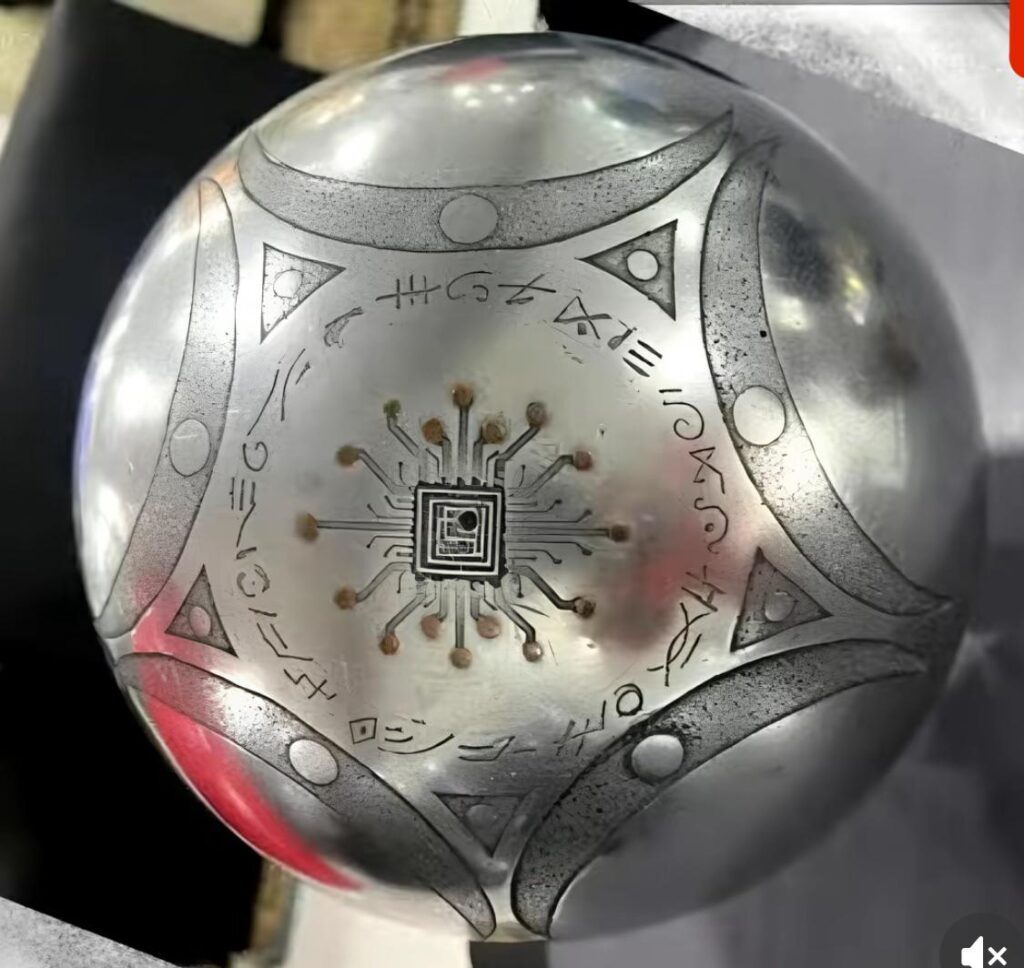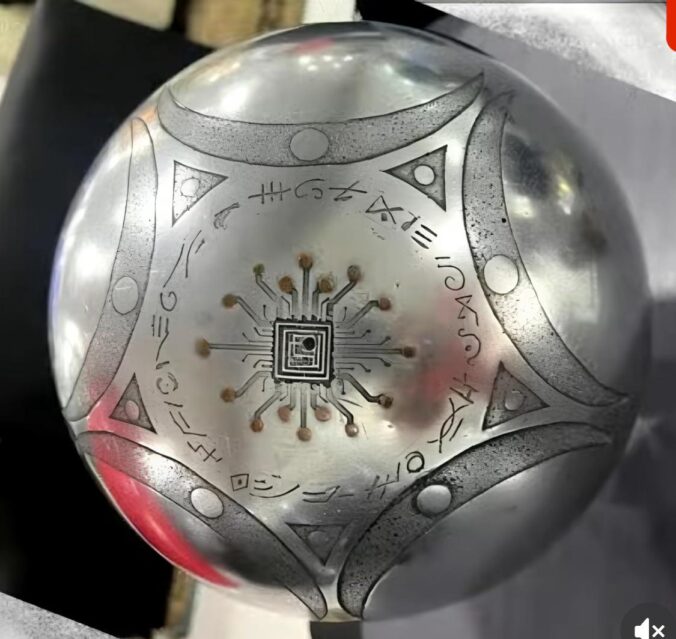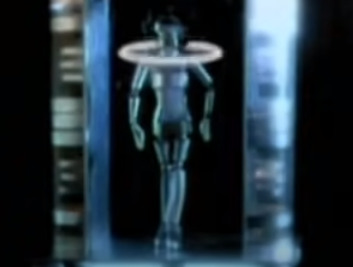What is the Buga Sphere?
- The Buga Sphere refers to a metallic, spherical object reportedly recovered in early 2025 near Buga, Colombia.
- It became famous because of unusual claims about its appearance, internal structure, physical behavior, inscriptions on its surface, and possible anomalous properties.

Key Claims & Reported Properties
Here are the main features attributed to the sphere—some based on laboratory or field reports, many still under dispute.
| Feature | What is claimed |
|---|---|
| External Appearance | ~50 cm in diameter (about the size of a large basketball), metallic orb; no visible welds or joints; surface etched with symbols resembling ancient scripts (runes, Ogham, Mesopotamian-style) as well as geometric/circuit-like patterns. |
| Internal Structure | Multiple layers (three concentric shells), 18 smaller “microspheres” arranged around a central core (“chip”); embedded filament- or fiber-like materials; copper or copper-rich pins/contacts associated with wiring/optical-fiber‐like connections internally. |
| Physical/Material Properties | Alloy composition that resembles aluminum-based alloys but with unusual hardness; claims that the material does not match known standard aerospace or industrial metals. |
| Behavioral Anomalies | Weight allegedly changed: initially ~4.5 lb (≈2 kg), later reports say it increased significantly over time. Claims of electromagnetic or ionized field emissions. Reports (in some accounts) of water vaporizing upon contact and the object remaining cool to touch on the surface despite internal heat. |
| Other Phenomena | Reports that the area around where it landed experienced ecological effects (e.g. vegetation dying, soil moisture changes); claims it responds to or interacts in some way with sound, including Sanskrit mantras. |
Current Evidence vs. Unverified / Disputed Claims
Many of the more extraordinary claims have not been verified via peer-reviewed scientific publications—or are dependent on reports with uncertain provenance. Some things to note:
- Some physical analyses (X-rays, spectroscopic work, microscopy) have been reported. These suggest internal structures (microspheres, wiring/fiber-like materials). But the exact nature, function, and origin of these components are not settled.
- The weight-change claims, field effects (electromagnetic, ecological), and the idea that it responds to Sanskrit chants or specific sound frequencies are more speculative. Many of these are based on anecdotal reports, viral videos, or interviews, rather than controlled experiments published in scientific literature.
- Some sources are less rigorous, or possibly sensationalistic. The involvement of individuals or groups with previous UFO / exotic claims means that independent verification is especially important. Skeptics point out that extraordinary claims require very strong evidence.
What Would Need to Be Confirmed / Verified
To move from mystery to accepted scientific phenomenon, several things would need to happen:
- Independent Peer-Reviewed Publication
Clear lab studies published in respected journals, replicable by multiple labs, with full disclosure of methods, data, materials. - Precise Material Analysis
Full compositional breakdown of the metal/alloy, hardness, crystalline structure, microstructure, etc. Comparisons with known terrestrial alloys, or indications of novel materials. - Verification of Internal Structures
Using non-destructive (and, if necessary, destructive under controlled permits) tests to map internal wiring, microspheres, and any active components. Distinguishing engineered features from natural inclusions. - Controlled Testing of Anomalous Properties
If weight changes occur, or electromagnetic fields are emitted, or water vaporizes on contact, these need to be measured under repeatable, controlled conditions to rule out environmental interference, measurement error, or misinterpretation. - Provenance / Chain of Custody
Where and when exactly it was found, by whom, how preserved, whether samples (resin, organic material) have been contaminated, etc. - Alternative Hypotheses
Ruling out more mundane explanations: advanced terrestrial technology (military or experimental), space debris, industrial objects, hoaxes, weather effects, etc.
Skepticism & Criticisms
- Some experts urge caution, saying that many features could be manufactured or faked, particularly given the media attention and potential for viral hoaxes. For example, the surface symbols may be decorative or imitative rather than linguistic; repeatedly, it is noted that the materials and craft described (e.g. fiber optics, internal cores) might be explainable through secret or experimental human engineering.
- The claims about responses to sound, Sanskrit mantras, or ecological “dead zones” are weaker: often anecdotal, harder to reproduce under scientific controls. Some may be misinterpretations, or effects of environmental conditions rather than something magical or alien.
- Extraordinary claims (anti-gravity, negative mass, etc.) are very high bar; presently they are not supported by data accepted broadly in physics. Without sound measurements and independent verification, they remain speculative.
Conclusion: What Can We Reasonably Say Now
- The Buga Sphere is a compelling and mysterious object. If some of its reported features (internal structure, unusual hardness, lack of welds/joints) are confirmed under robust testing, it would be unusual—possibly unique.
- However, many of the more sensational claims (ancient origin, supernatural or alien functionality, response to chants, etc.) are so far unverified in rigorous scientific literature. They should be treated as provisional.
- It remains uncertain whether the object is human or non-human in origin, natural or engineered, modern or ancient. Without more transparent, peer-reviewed analysis, the default scientific stance will be one of skepticism tempered by interest.













